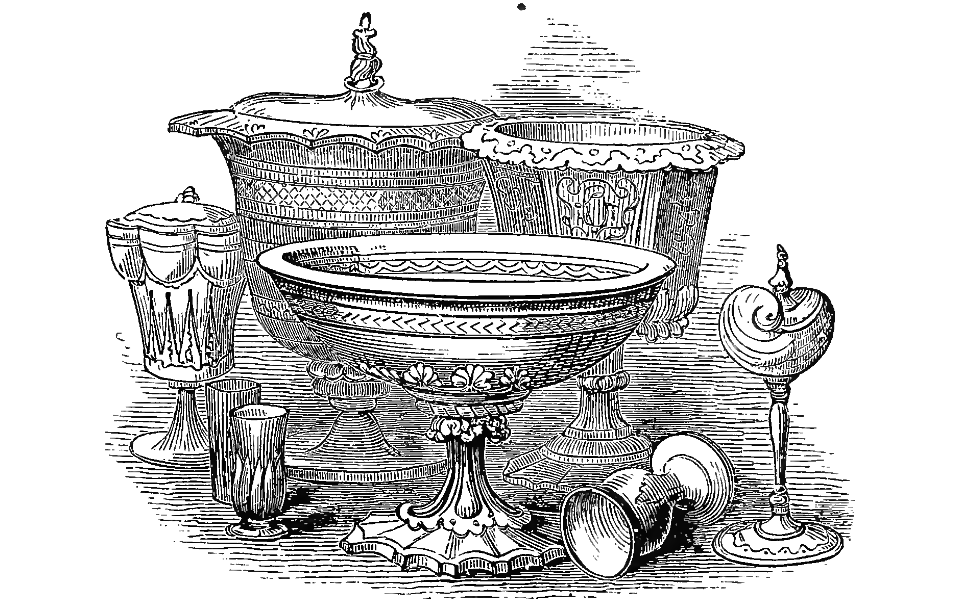<![CDATA[A golden bowl was discovered in an ancient Iron Age citadel called Hasanlu in North West Iran in 1958. The bowl had been crushed from layers of destruction, but it still looked spectacular. Experts dated the bowl to about 3000 years ago, and as soon as word got out it became one of the most fascinating discoveries of the time. The bowl was featured in a full colour spread for an article that detailed the discoveries made in Hasanlu in Life magazine. Hasanlu, located on the shores of Lake Urmia, was first occupied about 8000 years ago. It emerged as a fortified town around the 9th or 10th century B.C. There were a number of military arsenals, temples, houses, treasuries, stables and towers within the walls of the ancient fort. The mud-brick architecture resembled the adobe buildings found in South West America, but most of the roofs were built from timber and reed matting. The ethnicity of the people who lived there or the language they spoke is still not known. Despite its glitz and glamour, the story behind the bowl is anything but. It was discovered next to the fingertips of a dead soldier who had been crushed along with two of his comrades under building material in around 800 B.C. Scholars have long debated whether these men were soldiers protecting the citadel or looters running away with the treasure. New interpretations suggest that these soldiers were not the heroes that people may have thought them to be. Hasanlu has often been called the Pompeii of the Near East because of a "burn layer" that preserved more than 200 bodies in rubble and ash. Boston University archaeologist, Michael Danti, explains that new interpretations reveal a rather disturbing picture of what happened during the closing hours of a siege. The layer suggests that the citadel was destroyed by a surprise attack. Archaeologists found beheaded corpses and other bodies that were missing their hands when they first excavated the site in the 50s and 60s. There was also an example of a body that was literally cut in half. According to Danti, the students who worked at the excavation site had nightmares for months because of the gruesome details uncovered. What made it even more shocking was that many of these corpses belonged to the young and the old, women and children. It is now believed that these victims most likely survived an initial attack, and were then killed with brute force after it was realized they would not be of use as slaves. Danti believes that such warfare was designed to terrify tribes into submission by wiping out a people's identity. Danti has pieced together an entire history of the site from excavation archives. His study was published in the Antiquity Journal in September 2014. Danti believes that these men were not rescuing the bowl and other fine objects in the house, as they would have had little hope of escape. He suggests that these people were actually warriors who came from modern day Turkey. His interpretations are supported by historical texts which show that the Urartu Kingdom was expanding its territories with the help of a brutal military campaign. In fact, a Urartian fortification was ultimately built on top of the Hasanlu ruins. Danti hopes that other researchers will take up the project and perform tests like bio-archaeological analysis on the skeletons of the warriors found next to the bowl, and the other skeletons found in Hasanlu. This could finally determine whether these soldiers were protecting the golden bowl, or actually trying to steal it from the people of Hasanlu. ]]>
The Story of a 3000 Year Old Golden Bowl
